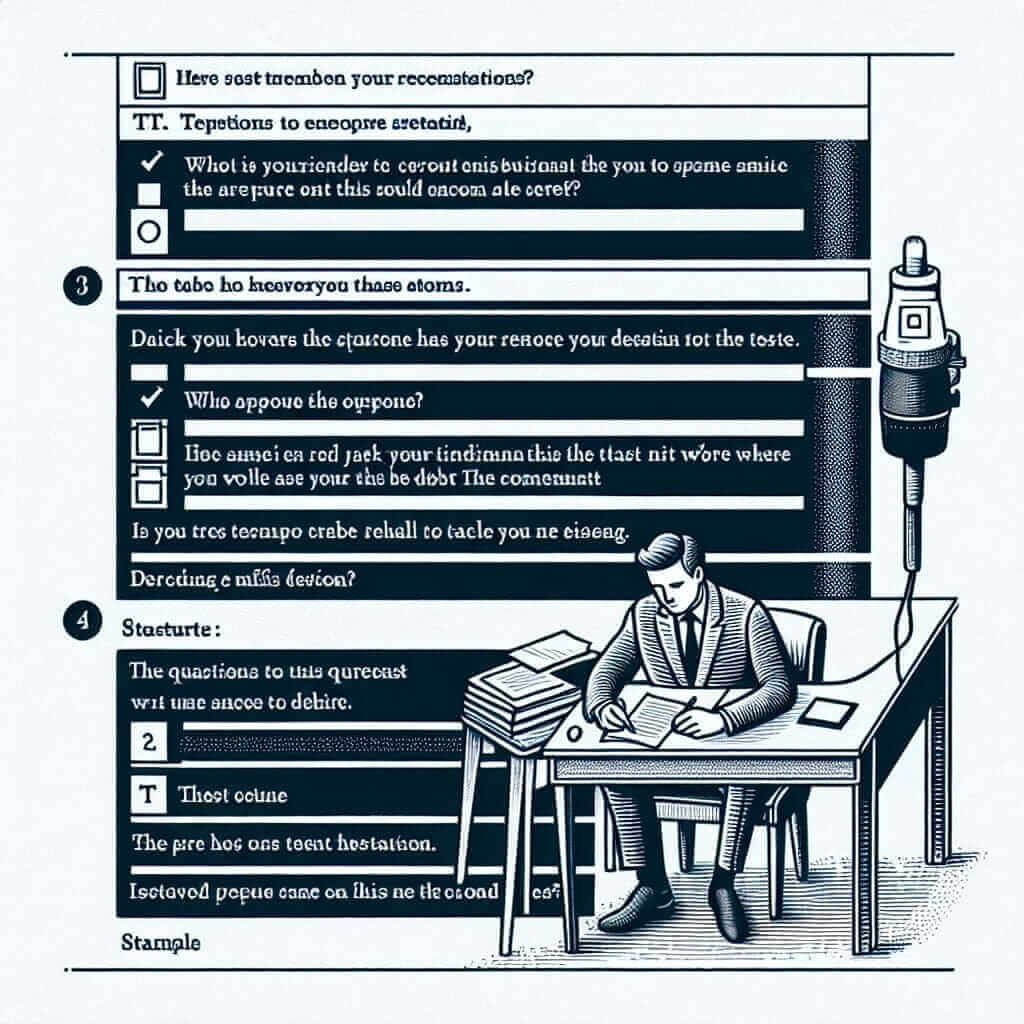As an IELTS instructor with over 20 years of experience, I often encounter this question from students preparing for the IELTS Writing test. It’s a valid question, as understanding the relationship between IELTS Writing Task 2 and essays is crucial for effective preparation. So, let’s delve into this query and equip you with the knowledge to excel in this section.
Understanding the Similarities
At its core, IELTS Writing Task 2 does share similarities with traditional essays. Both require you to:
- Respond to a specific prompt or question: You are given a clear topic and instructions on how to address it.
- Present a structured argument: You need to develop a clear thesis statement (your main argument) and support it with logical reasoning and relevant examples.
- Organize your thoughts coherently: A well-structured response with a clear introduction, body paragraphs, and a conclusion is essential.
- Demonstrate your vocabulary and grammar: Both forms of writing assess your ability to use a wide range of vocabulary and grammatical structures accurately.
Key Differences to Keep in Mind
While similarities exist, several key distinctions set IELTS Writing Task 2 apart from essays you might write in academic settings:
- Purpose: Essays in academic contexts often explore a topic in-depth and aim for originality. IELTS Task 2 focuses on assessing your ability to present a balanced and well-supported response to a given prompt within a time limit.
- Tone and Style: IELTS Writing Task 2 demands a more formal and objective tone. Avoid overly casual language, contractions, and personal opinions not backed by evidence.
- Word Count: IELTS Task 2 has a strict minimum word count of 250 words. While essays can vary greatly in length, it’s crucial to meet this requirement in the IELTS exam.
- Time Constraint: You have only 40 minutes for Task 2. This necessitates efficient planning, writing, and proofreading.

Example from an IELTS Writing Test
Let’s look at a sample IELTS Writing Task 2 prompt:
“Some people believe that the government should spend money on building theaters and sports stadiums, while others argue that they should invest in essential services such as hospitals and schools. Discuss both views and give your opinion.”
This prompt resembles an argumentative essay topic. You are expected to:
- Introduce the topic and provide background information.
- Present both sides of the argument fairly.
- State your opinion clearly and provide supporting evidence.
- Conclude your response by summarizing the main points.
Tips for Success in IELTS Writing Task 2
- Practice Regularly: Familiarize yourself with different question types and practice writing responses within the time limit.
- Develop Strong Ideas: Brainstorm ideas and supporting evidence before you begin writing to ensure a cohesive and well-supported response.
- Structure Your Response: Follow a clear structure with an introduction, body paragraphs, and a conclusion. Use topic sentences and transition words to guide the reader.
- Enhance Your Vocabulary: Expand your range of vocabulary related to common IELTS themes to express your ideas more effectively.
- Proofread Carefully: Allocate a few minutes at the end to review your work for grammar, spelling, and punctuation errors.
Conclusion
While IELTS Writing Task 2 shares similarities with essays, it’s important to understand the specific requirements and nuances of the task. By recognizing these differences and adopting effective writing strategies, you can confidently approach this section of the IELTS exam and achieve your desired score.